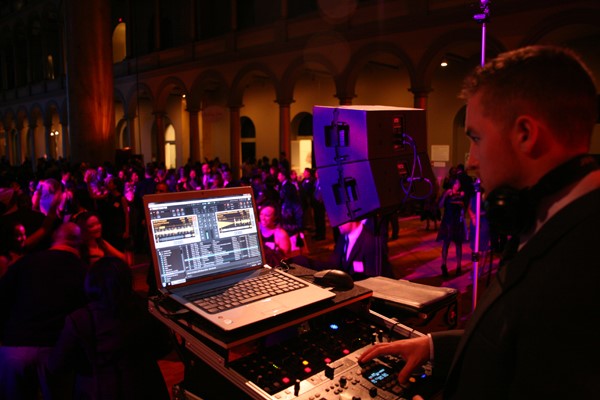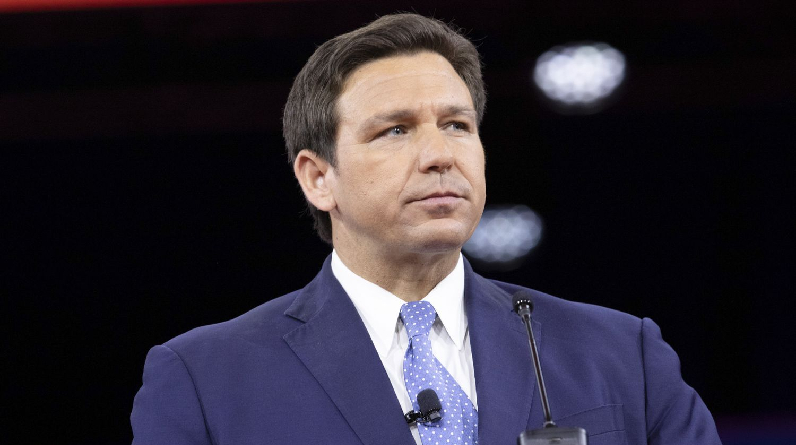The Argentine central bank (BCRA) has confirmed that a new 2,000 peso banknote will be issued as a result of the country’s soaring inflation. Prices for goods and services for consumers increased by 95% in the year ending in December, prompting the introduction of a new note with an official value of $11 (£9). This is the highest rate of inflation in Argentina since 1991. On the black market, a 1,000 peso bill is only worth about $2.70.
The BCRA tweeted that the new bill would “commemorate the development of science and medicine in Argentina.” Not when the note will be released into circulation is known, but it will feature pioneering doctors Cecilia Grierson and Ramón Carrillo. The Argentine peso was introduced in 1992 at a fixed exchange rate of one US dollar for every two pesos.
After the financial crisis of 2001 and 2002, however, the country abandoned its fixed exchange rate system. Since then, the peso’s value has dropped so drastically that at least one local artist now paints directly onto banknotes because they cost much less than a canvas. Saltan artist Sergio Diaz recently created a parody of Argentina’s rising inflation by depicting Steven Spielberg’s Jaws.
Due to the rising cost of commodities like energy, prices in Argentina have risen dramatically. As a parody of Argentina’s rapidly rising inflation, artist Sergio Diaz holds intervened Argentine pesos bills and a US dollar featuring artwork based on Steven Spielberg’s film “Jaws.” The ongoing conflict in Ukraine and the subsequent printing of new currency by central banks are the two main culprits in the recent price increase.
South America’s second largest economy received another $6bn (£4.9bn) in bailout money from the International Monetary Fund in December. Argentine received this instalment as part of a 30-month plan that will ultimately grant them access to $44 billion.
See Also: Kids who have trouble learning are being left out
It took only four weeks for the troubled country to go through three different economy ministers last summer. Attempting to slow the rising cost of living, the central bank increased its key interest rate to 75% in September.
This week, Brazil and Argentina announced their intention to create a shared currency to facilitate greater bilateral trade. Although preliminary, the country’s leaders have acknowledged the need to develop alternatives to the US dollar as a means of financing commercial transactions.








